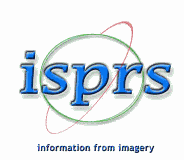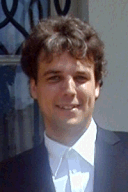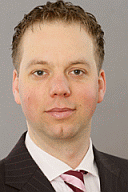
Working Group III / 5 - Image Sequence Analysis, 2008-2012







|
Mission:
Image sequence analysis is playing an important role in many fields of close-range photogrammetry, computer vision, machine vision and robot vision for many years. With the development of modern, flexible digital sensors, automatic methods for analyzing and evaluating image sequences are also entering the fields of aerial photogrammetry and remote sensing. Examples of the application of image sequence analysis in photogrammetry and remote sensing are 2D/3D object tracking, ego-motion determination, detection and characterization of dynamic processes, deformation measurements, monocular or stereoscopic mapping of the environment of a UAV or an autonomous robot, mobile mapping, biomedical motion analysis, and many others. However, recent research has shown that a pure transition of methods mainly designed for the analysis of (close-range) video streams to the aforementioned applications is not possible due to different camera characteristics, varying frame rates, other platforms and, in general, very challenging environments. Further theoretical and experimental developments accompanied by thorough validations are thus necessary to better exploit the huge information content of image sequences.
Terms of Reference:
Technical Commission Officers:
|







